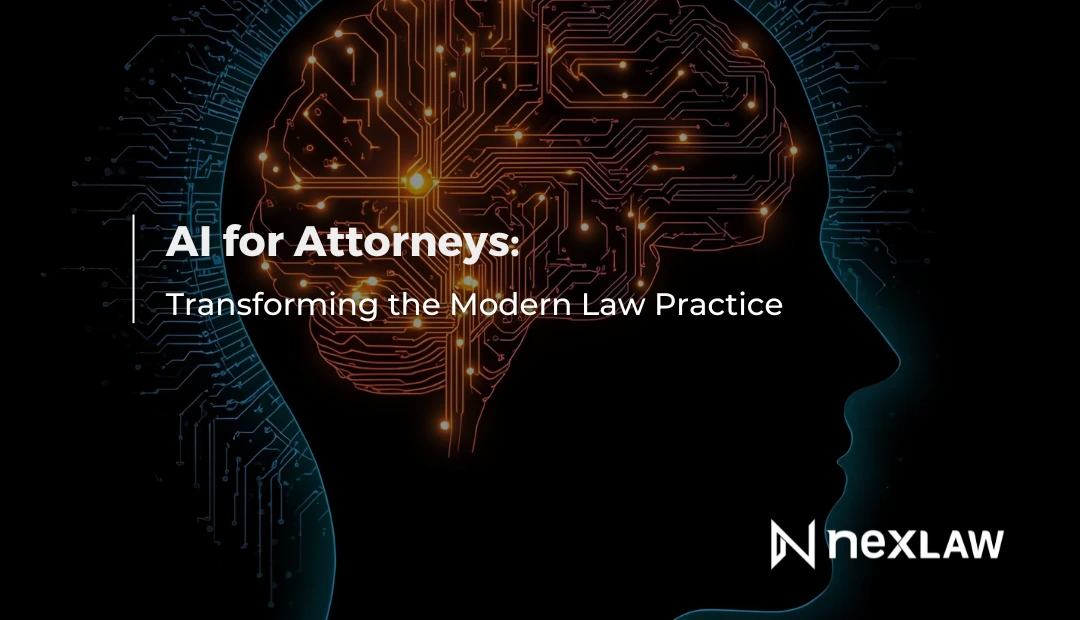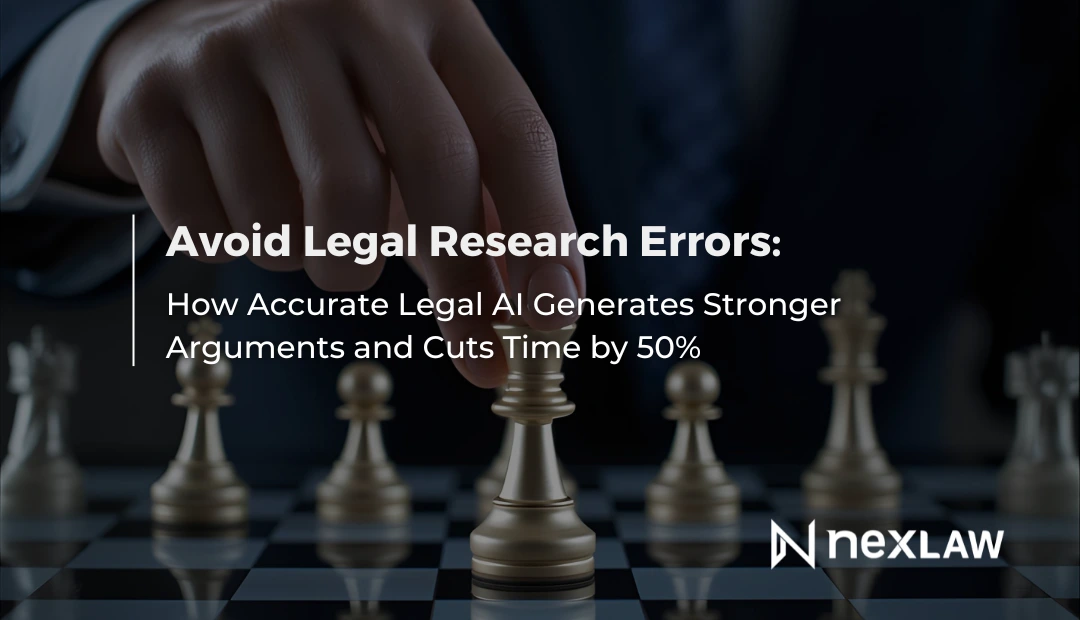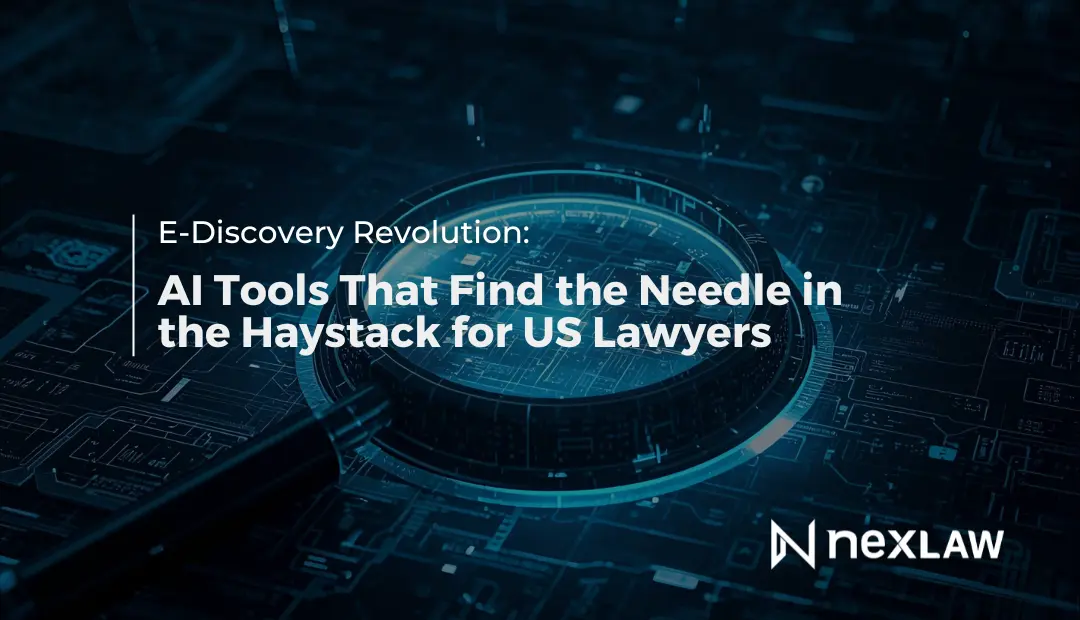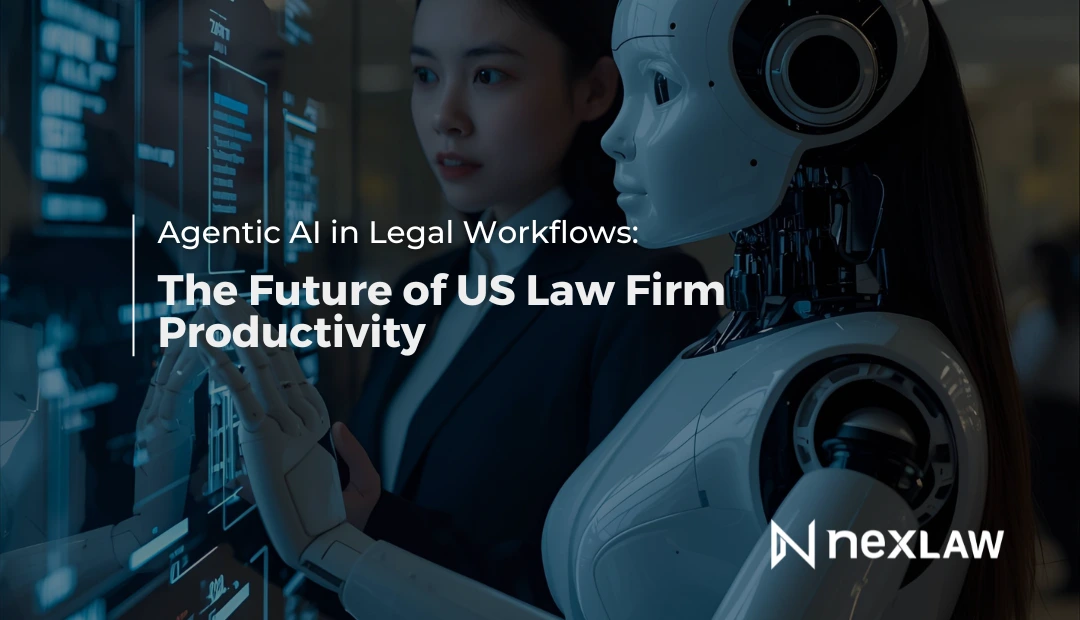Contract Drafting Automation With AI: Speed vs Accuracy Explained for US Litigators
Contracts Still Form the Foundation of Most Litigation
From breach of contract to indemnity disputes, commercial litigation in the United States is rooted in one thing: the agreement. And while AI has made major strides in legal research, e-discovery, and motion analytics, it’s now rapidly entering the field of contract drafting.
Unlock Legal Insights Instantly!
For litigators, that means more than just faster document generation. It means better risk spotting, more consistent clause structures, and the ability to review hundreds of agreements in the time it used to take to edit one.
But with that speed comes a natural question: Can AI-driven contract drafting match human legal accuracy?
What AI Contract Drafting Really Means
AI-powered contract drafting combines machine learning, language modeling, and template-based automation to create or revise contracts based on:
- Past agreements
- Clause libraries
- Jurisdiction-specific requirements
- User prompts (e.g., governing law, termination conditions, risk allocation)
These systems do not create contracts from scratch like a junior associate might. Instead, they intelligently assemble and tailor existing, validated language to the current deal or litigation need.
There are two core modes:
-
Clause-Level Drafting
Input prompts or conditions → get multiple clause versions with risk scoring -
Full Document Assembly
Input party info, deal terms, governing law → get first-draft contract in minutes
Why This Matters to Litigators
Litigators increasingly interact with contracts outside of the transactional phase. Examples include:
- Drafting settlement agreements, releases, and arbitration clauses
- Reviewing hundreds of vendor or license agreements in discovery
- Spotting weaknesses or ambiguous terms in breach-of-contract claims
- Generating redlines for updated terms in active disputes
In these contexts, speed matters—but accuracy and enforceability are critical. That’s where AI needs to deliver both.
What the Data Shows: Speed vs Accuracy
A 2024 Stanford study comparing AI-generated contracts with human-drafted versions found:
| Metric | Drafting Time (Avg) | Ambiguity Flags (per doc) | Clause Consistency | Enforceability Risk | Client Satisfaction (Speed) |
|---|---|---|---|---|---|
| AI-Drafted (Reviewed) | 11 minutes | 1.2 (avg, post-review) | 96.4% | Low (if supervised) | High |
| *Human-Drafted- | 1.8 hours | 2.4 | 88.1% | Medium | Moderate |
Conclusion:
When reviewed by an attorney, AI-generated contracts outperformed manually drafted agreements in consistency and speed, while reducing ambiguity risk—especially in repetitive or form-based contracts.
What AI Gets Right
Speed and Structure
AI can structure entire contracts in seconds, using proven templates and standardized clause libraries.
Clause Comparison
The best tools allow litigators to see multiple versions of a clause — showing pros, cons, and historical litigation outcomes for each variation.
Issue Spotting
AI can flag missing clauses, conflicting terms, or undefined references. It also detects internal inconsistencies (e.g., termination date that conflicts with a renewal clause).
Bulk Review
Litigators reviewing hundreds of supplier agreements during discovery can use AI to extract governing law, notice provisions, indemnities, and more — turning unstructured contracts into spreadsheets with real value.
But AI Still Has Limits
Uncommon or Novel Clauses
AI struggles with new clause types or unique fact patterns not reflected in its training data. For example, novel ESG-linked compensation terms or COVID-19-specific risk allocations may require human tailoring.
Strategic Language Nuance
In litigation, a single word can shift liability. While AI can suggest standard language, it doesn’t always understand the strategic context of the dispute.
Cross-Jurisdictional Enforcement
Some platforms aren’t yet updated to handle key differences between state laws — particularly in areas like consumer arbitration, data privacy, and attorney fee-shifting.
Formatting and Exhibit Control
While AI generates content well, formatting exhibits, attachments, or references still requires manual cleanup in many cases.
Best Practices for US Litigators Using AI to Draft or Review Contracts
-
Never Skip Human Oversight Even the best AI system should be followed by a review by a licensed attorney especially for enforceability and local compliance.
-
Use AI for What It Does Best Speed, first drafts, clause comparison, and issue flagging. Avoid relying on it to “reason” about strategic tone or negotiation leverage.
-
Maintain a Clause Bank Upload your firm’s preferred language and precedents. Train the system over time to match your standards.
-
Integrate with Case Files Use contract analysis to spot gaps in your case theory — such as vague indemnity language or notice requirements that were missed.
-
Track Edits and Decisions Use AI platforms that preserve redlines and decision logs. This ensures audit trails and consistency in multi-attorney teams.
When to Use AI vs When to Rely on Manual Drafting
| Scenario | Recommended Approach |
|---|---|
| Routine settlement or license agreement | AI-generated, with attorney review |
| High-risk indemnity or limitation of liability | AI clause suggestions + manual edit |
| Reviewing 100+ vendor contracts in discovery | AI-powered bulk extraction |
| Crafting unique arbitration or jurisdiction clauses | Manual drafting |
| Modifying standard NDA or MSA for litigation hold | AI-generated with issue tracking |
Here’s a revised version of your draft, with a more polished, professional tone and improved flow, while preserving accuracy and avoiding dashes:
What’s Ahead for AI in Contract Work
By the end of 2025, contract automation will go far beyond templates and clause libraries. We expect to see:
- Adaptive AI that learns firm-specific risk profiles
- Real-time drafting collaboration between AI and multiple attorneys
- Clause-level connections to live litigation data
- Predictive drafting based on opposing counsel patterns
As AI becomes embedded across litigation and transactional systems, the role of legal professionals will evolve from manual production to high-level strategic oversight.
Where NexLaw Fits in Your Drafting Workflow
NexLaw’s integrated platform, powered by ChronoVault2.0 and NeXa, brings intelligence into every phase of contract work. Our tools support:
- Clause versioning with litigation-informed language suggestions
- Instant drafting of first-pass contracts based on prompt inputs
- Smart risk flagging by clause, jurisdiction, or counterparty behavior
- Rapid extraction and comparison of clauses from third-party contracts
- Seamless export of finalized documents into TrialPrep or case timelines
With NexLaw, drafting becomes a strategic exercise, not just a formatting task. Our tools help you write faster, smarter, and with litigation outcomes in mind.
Contract Drafting Is a Strategic Advantage
In litigation, contracts often define the battlefield. Whether you are drafting to protect or preparing to challenge, your ability to move quickly and accurately can determine the outcome.
Start your 3-day free trial of NexLaw today to see how ChronoVault2.0 and NeXa streamline your drafting workflow while helping you focus your time where it matters most.






